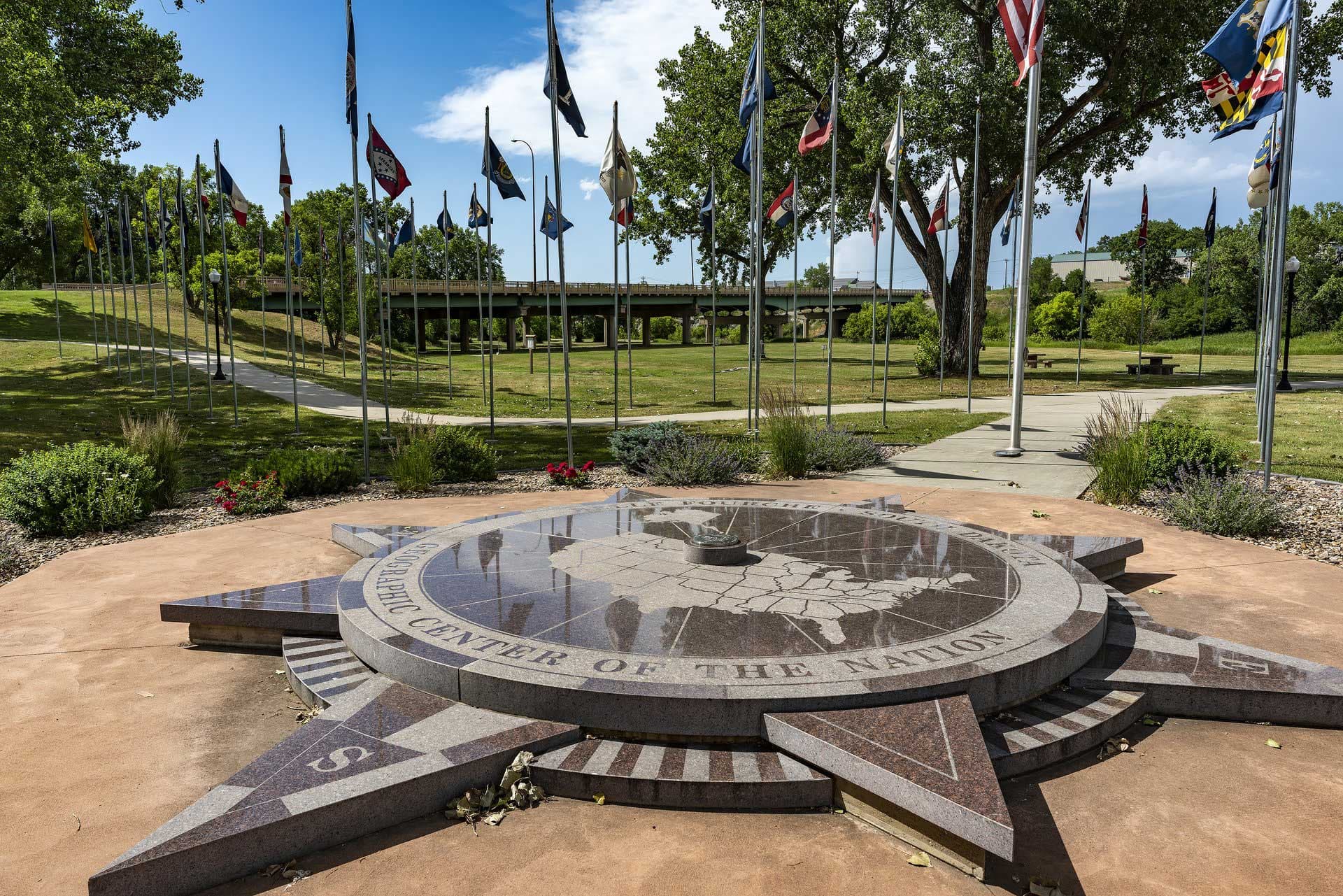
In the Middle of It All: The Center of the Nation in Belle Fourche
In the heart of South Dakota’s Black Hills, Belle Fourche holds a surprising piece of Americana — and a can’t-miss photo opportunity. Get away from it all in the very center of the United States.